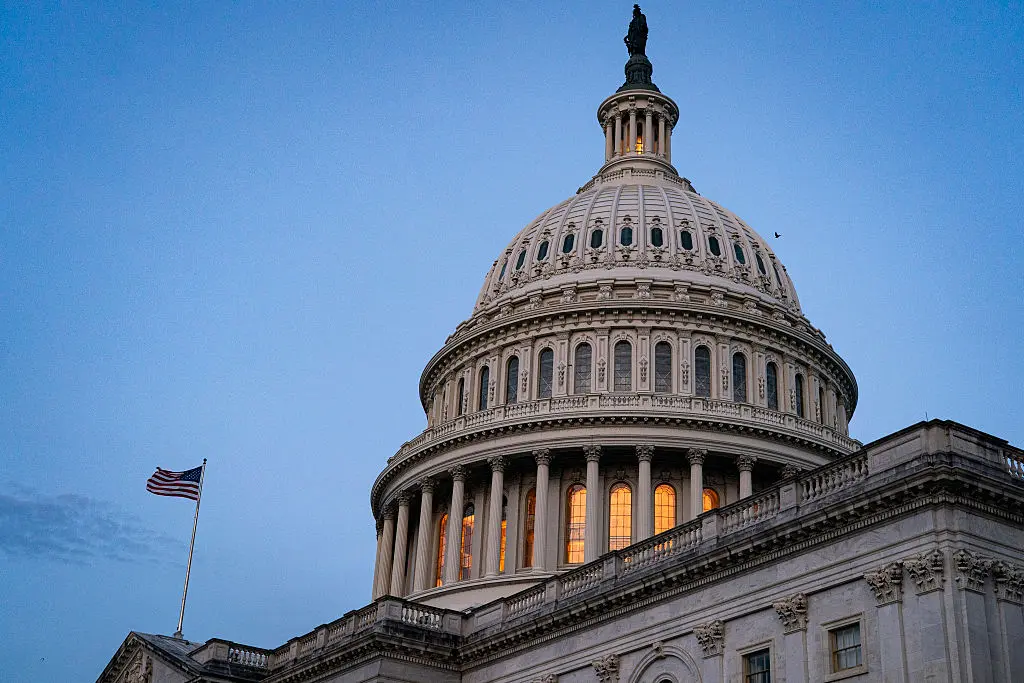U.S. household debt set a new record in the final quarter of 2019, the Federal Reserve Bank of New York said in a report (pdf) on Tuesday, climbing to a historic peak of $14.1 trillion.
Total household debt balances grew by $601 billion in 2019, which is the largest annual gain since 2007, around the time of the onset of the global financial crisis.





